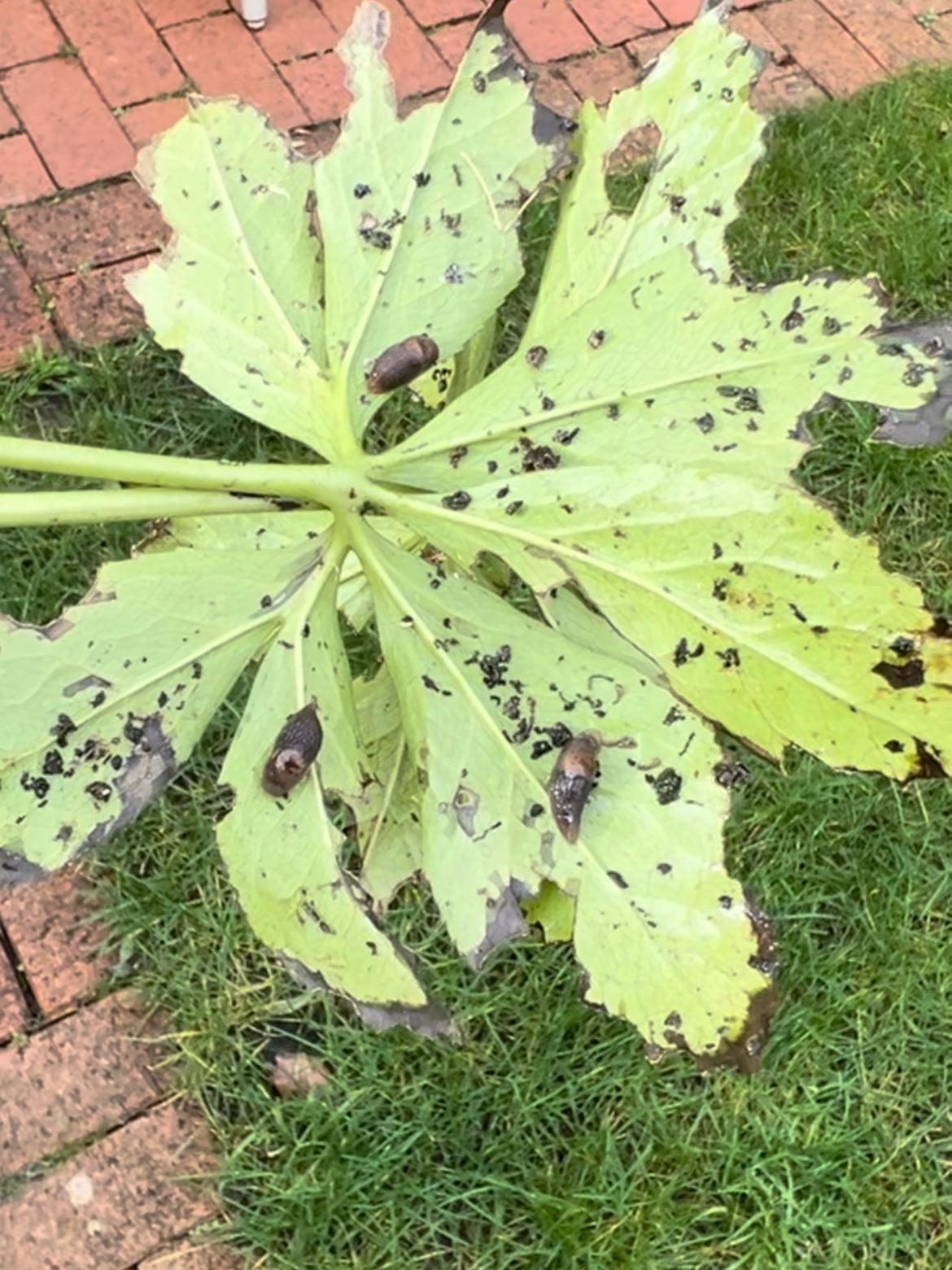Insect netting is a great tool if you want to protect against pests like cabbage white butterflies, carrot flies, and aphids. These guys spread in numbers quickly and pose a persistent challenge, insect netting can make all the difference. Here's a bit more about how and when to use insect netting effectively.
Jump straight to the product
Benefits of Insect Netting
Pest Prevention: keeping out common pests, including caterpillars, aphids, and beetles like the dreaded lilly beetle.
Encouraging Beneficial Insects: If you have bought some of my good bugs to help you with a pest problem, netting can keep them in place. Many a customer has come to me upset because the ladybirds they released have ended up in their neighbour's garden. Netting can help you to concentrate the predators where they are needed.
Protecting Pollinators: Don't cover all the good stuff up, use insect netting selectively to ensure that while pests are kept out, pollinators can still access flowering plants when needed.
Weather Shield: Netting also provides a degree of protection from heavy rain, hail, and strong winds and light frosts.
When to Deploy Insect Netting
Timing is crucial to maximise the effectiveness of insect netting. Here are key tips for UK gardeners:
Early Spring: As temperatures rise, pests become active. Deploy netting over vulnerable crops like brassicas, carrots, lettuce and more, as soon as you sow seeds or transplant seedlings.
Throughout the Growing Season: Keep the netting in place during the peak pest activity months (April to September). Be vigilant about inspecting for any pests that may have slipped through gaps.
Pollination Windows: For crops that require pollination (e.g., courgettes or strawberries), remove the netting temporarily during flowering. This allows pollinators access to the plants.
How to Use Insect Netting
Secure Edges: Ensure the edges of the netting are tightly secured to the ground using pegs, weights, or buried edges to prevent pests from crawling underneath.
Support Structures: Use hoops or frames to keep the netting elevated and prevent it from resting on the plants. This reduces the risk of pests laying eggs through the mesh, sneaky beasts!
Regular Inspections: Check regularly for tears, holes, or insects trapped inside the netting. Repair any damage promptly to maintain effectiveness.
When to Remove Insect Netting
End of Pest Season: In late autumn, when pest activity decreases, you can safely remove the netting. For most UK gardens, this is around October or November.
Crop Harvest: Remove netting as you harvest crops to allow easier access and airflow.
End-of-Season Cleanup: Clean and dry the netting before storing it for the winter. This prevents mould and extends its lifespan.
Balancing Pest Control and Biodiversity
While insect netting is highly effective, it’s essential to balance its use with maintaining biodiversity. Allowing some areas of your garden to remain uncovered can provide habitats for pollinators and other beneficial wildlife. Rotate netted and uncovered zones to create a thriving and balanced ecosystem.
Buy Plastic Free Insect Netting Here













